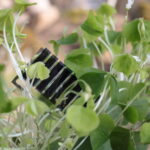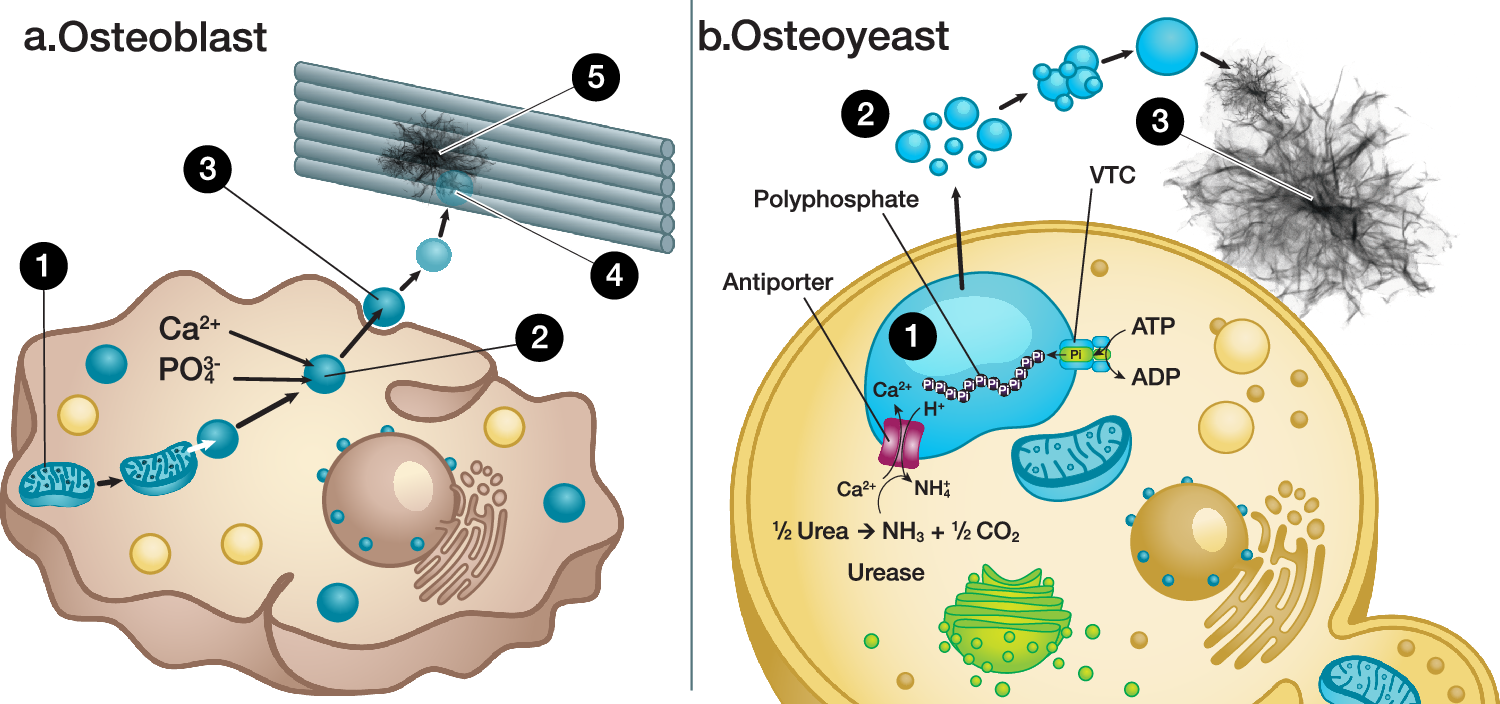2025-06-17 ブリティッシュコロンビア大学
<関連情報>
- https://news.ubc.ca/2025/06/wildfires-could-be-harming-our-oceans-and-disrupting-their-carbon-storage/
- https://www.sciencedirect.com/science/article/pii/S0048969725010538
- https://agupubs.onlinelibrary.wiley.com/doi/10.1029/2024JG008627
フレーザー川流域における火災の淡水質への累積的影響とセイリッシュ海への影響 Cumulative effects of fire in the Fraser River basin on freshwater quality and implications for the Salish Sea
Emily Brown, Brian P.V. Hunt
Science of The Total Environment Available online: 17 April 2025
DOI:https://doi.org/10.1016/j.scitotenv.2025.179416

Highlights
- The influence of fire on large rivers and coastal oceans is understudied.
- Fire explained up to 16.3 % of variance in water quality in the Fraser River basin.
- Fires burning close to major waterways had immediate influence on water quality.
- Farther away wildfires had stronger delayed influence on water quality.
- Delayed increases in some water quality constituents may impact the Salish Sea.
Abstract
The movement of water from land to the ocean serves as a major biogeochemical link between terrestrial and marine systems, through which terrestrial disturbances can impact freshwater quality and coastal oceans. Wildfire is a major terrestrial disturbance, however its influence on water quality in large freshwater systems and the ocean is understudied. As anthropogenic pressures change fire regimes globally, it is important that this connection is better understood. The Fraser River’s basin has significant wildfire history, and the Fraser River has major influence on its receiving waters of the Salish Sea, making this an ideal system in which to investigate the influence of fire on water quality from freshwater to the ocean. This study assessed cumulative impacts of wildfire on Fraser River water quality using historical water quality and fire data. Wildfire in the Fraser River basin explained up to 16.3 % of variance in water quality, and fires burning closer to major waterways had immediate influence on water quality, while farther away wildfires had a delayed influence on water quality. For water quality variables of particular importance in the Salish Sea, wildfire was linked to short term decreases in the riverine concentrations of some constituents, and delayed increases in the concentrations of nearly all assessed water quality variables. These findings have implications for coastal ocean productivity and contamination, and identify fire as an important agent of biogeochemical cycling between land and ocean.
季節的な水文学と景観地形の相互作用がフレーザー川の黒色炭素排出を促進する Interplay of Seasonal Hydrology and Landscape Topography Drives Black Carbon Export in the Fraser River
Emily Brown, Sasha Wagner, Brian P. V. Hunt
Journal of Geophysical Research: Biogeosciences Published: 26 February 2025
DOI:https://doi.org/10.1029/2024JG008627
Abstract
Fire is an important driver of carbon cycling across terrestrial and aquatic ecosystems, but global fire regimes are changing. Black carbon (BC), a product of biomass burning, is more environmentally persistent than its parent biomass carbon and cycles differently than bulk organic carbon. This study aims to refine understanding of the environmental drivers of BC flux from land to ocean through year-long measurement of BC in the Fraser River in British Columbia, Canada. The Fraser River’s environmental context is distinct from systems that currently form the basis of understanding of BC export, characterized by highly seasonally variable hydrology, and with its basin spanning diverse ecosystems from glaciated mountainous regions to dry flatlands. We found that the Fraser River exported 18,765 ± 2,734 Mg yr−1 of BC, with dissolved black carbon (DBC) comprising 3.3 ± 0.9% of annual dissolved organic carbon (DOC) flux, both lower than previous estimates would suggest. Strong seasonal variation in the DBC content of DOC and BC aromaticity were measured in the Fraser River. This reveals the importance of seasonal hydrology in the export of different pools of BC and indicates that seasonality and hydrologic regime should be given more consideration in future estimations of global riverine BC flux. These findings bring to light the importance of seasonality, hydrology, and basin topography in BC transport, with implications for global carbon cycles in a changing climate.
Plain Language Summary
Fire plays a significant role in the global carbon cycle, including the movement of carbon from land to oceans. One byproduct of fire, black carbon (BC), behaves differently from other types of carbon and can persist in the environment longer. This study focuses on understanding how different factors affect the flow of BC from land to water by examining the Fraser River in British Columbia, Canada, over the course of a year. The Fraser River is unique because of its varied landscape, which includes mountains and dry flatlands, and its highly seasonal weather patterns. The study found that the river exports less BC than was expected based on previous research. This study also showed that the BC in the Fraser River at different times of the year likely came from different sources, suggesting that the timing and water flow in rivers are important factors in how BC moves. These findings highlight the need to consider seasonal changes, water flow, and the landscape when estimating BC movement, which is important for understanding carbon cycling in a changing climate.
Key Points
- Black carbon (BC) flux in the Fraser River is seasonally variable, influenced by hydrology and topography
- Annual fluxes of dissolved and particulate BC from the Fraser River are 15,820 ± 2,115 and 2,945 ± 606 Mg, respectively
- Seasonal changes in BC quantity and composition indicate mobilization of different BC sources throughout the year



